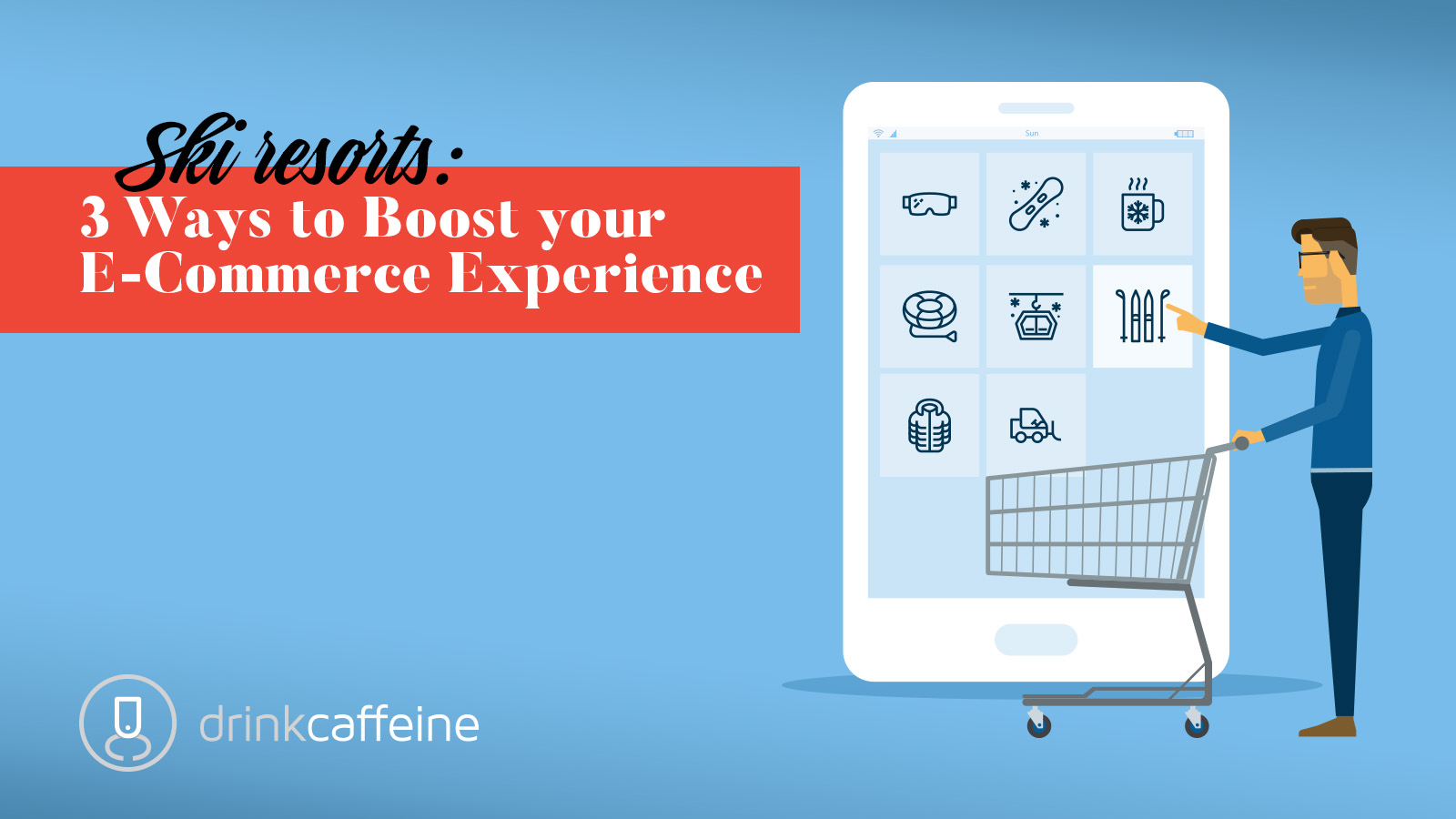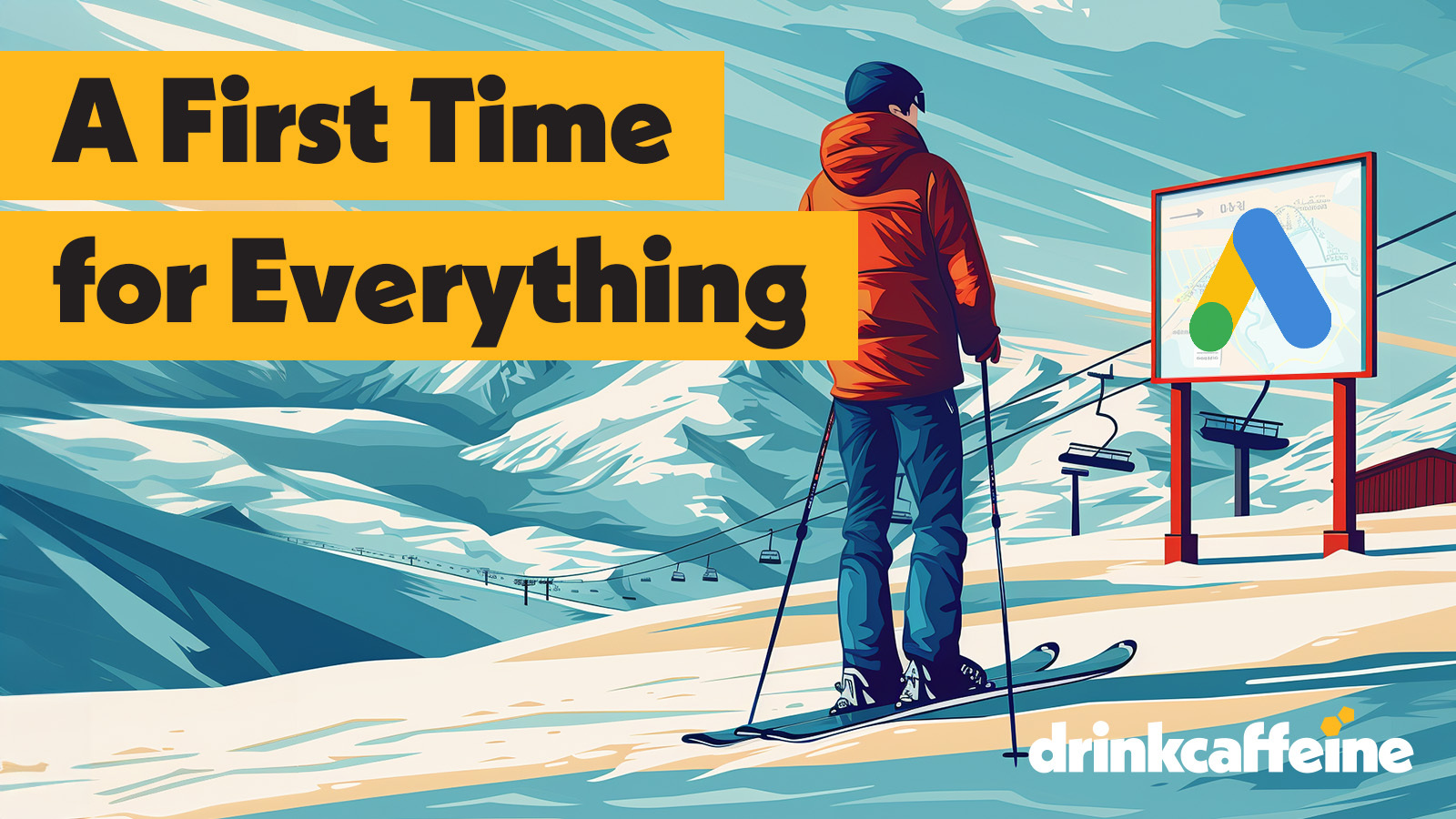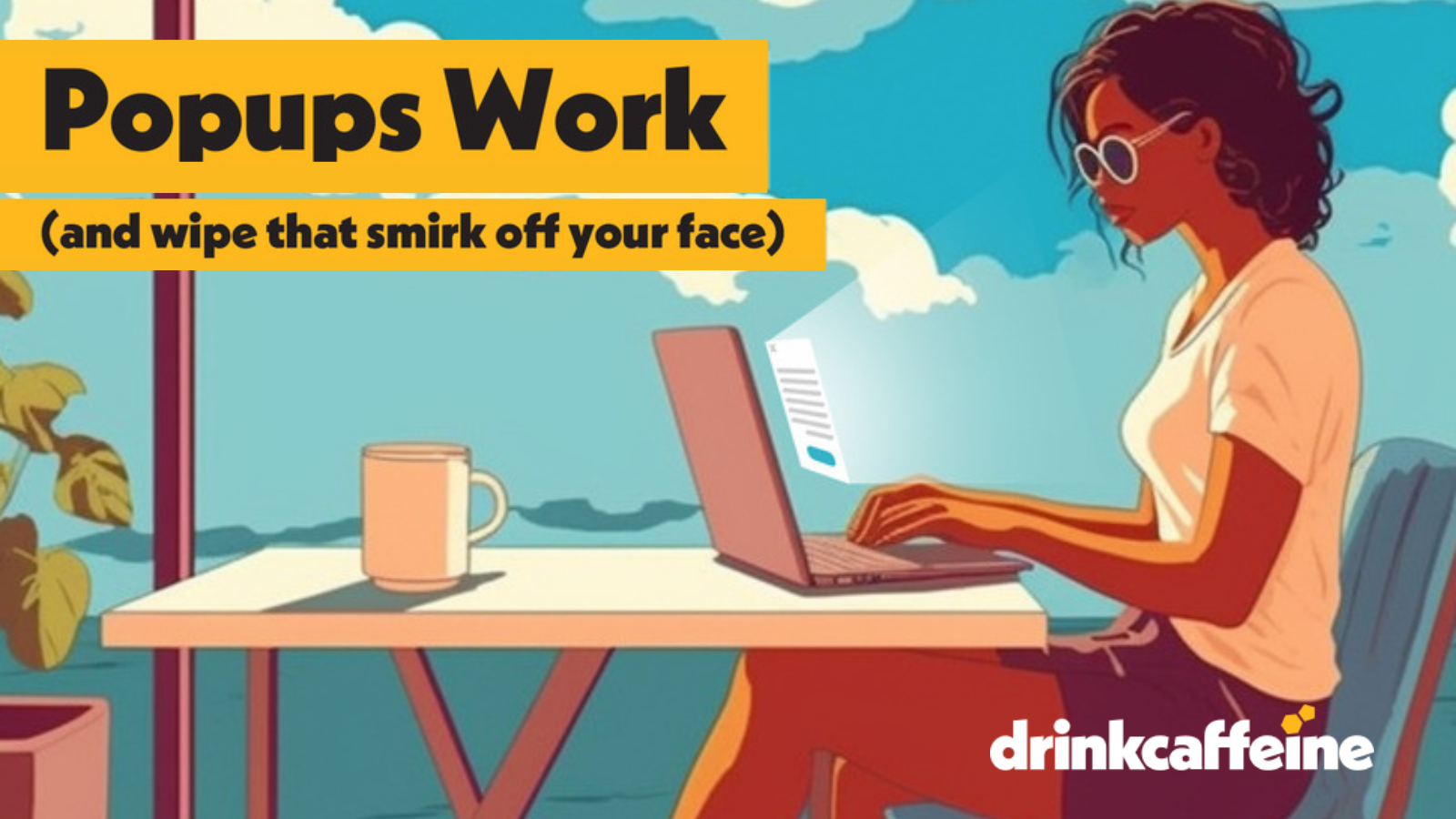Of the 3 main ways to purchase a product or service – through a retailer (think of an REI store), an online-only marketplace (such as amazon), or directly from a brand (such as adidas) – which would you choose, assuming the price was the same in each channel?
That’s one of the questions asked in a really big global consumer ecommerce study last year.
The answer: Retailers. But not by much. Brands and marketplaces are well liked for product quality and price, respectively.
The reason: Retailers have more dynamic, responsive levels of customer service and new product offerings – and are capable of creating buying experiences that combine the elements shoppers want, like direct product contact plus mobile purchase options.
The implication: Consumer ecommerce expectations are constantly rising, and ski resorts need to elevate their ecommerce experience to the retail standards consumers experience in everyday life.
Toward that end, we offer these observations.
1. A small Siriusware tweak can make a big difference
When you read reviews of Siriusware, it’s hard to believe that there’s any destination out there that doesn’t genuflect at the name of the mighty Accesso software brand. However, everyone involved in snowsports, from Mountain Operators to skiers/riders, have pulled their hair out due to frustration with Siriusware’s interface.
So, at the risk of heresy, we’d like to offer a suggestion based on our experience with ski resorts.
One weakness of Siriusware’s ecommerce functionality for ski resorts surfaces when guests wants to access buying history – specifically, the data associated with an original purchase that needs to be accessed for future purchases, such as a Season Pass. Accessing this data is not easy.
Without the data of the earlier purchase, some mountains are charging $5 for a new RFID card. And guests paying thousands for a ski trip are known to develop poopypants attitudes when they get nickeled and dimed.
We fixed this shortcoming for a number of clients, including Wachusett Mountain. Pre-loading the number with a website visitor’s account information can help reduce frustration and dramatically increase the reload rate.
2. Another Siriusware modification: Consolidated interfaces
Siriusware can have another blind spot for ski resorts: Page environments that don’t enable the guest to purchase related services. (Or, more to the point, enable the resort to cross sell products and services.)
Example: Ticket-purchase screen environments should include options for Rentals and Lessons right next to the ticket purchase. To address this issue, we created one interface with multiple options for selecting add-ons products that are related to the purchased product.
3. Bypass NPS surveys to produce actionable ecommerce information.
We’ve seen a lot of Net Promoter Score surveys that ask 1-dimensional questions about ecommerce, such as Rate your Experience.
Even if your NPS survey instrument allows the respondent to select an option to explain further with a verbatim response, let’s face it, that’s just another data field for a busy consumer to populate.
Solution: Develop specific ecommerce questions/ratings. Examples:
- How easy was the ecommerce experience to navigate?
- Did you find everything you wanted to buy?
- Did you feel informed about the status of your purchase?
- Was the checkout experience speedy?
- What’s your preferred ecommerce environment: Mobile, laptop, desktop, etc.
You get the idea: Build a survey that yields useful data.
For more ways to sharpen your ecommerce performance, contact us.


